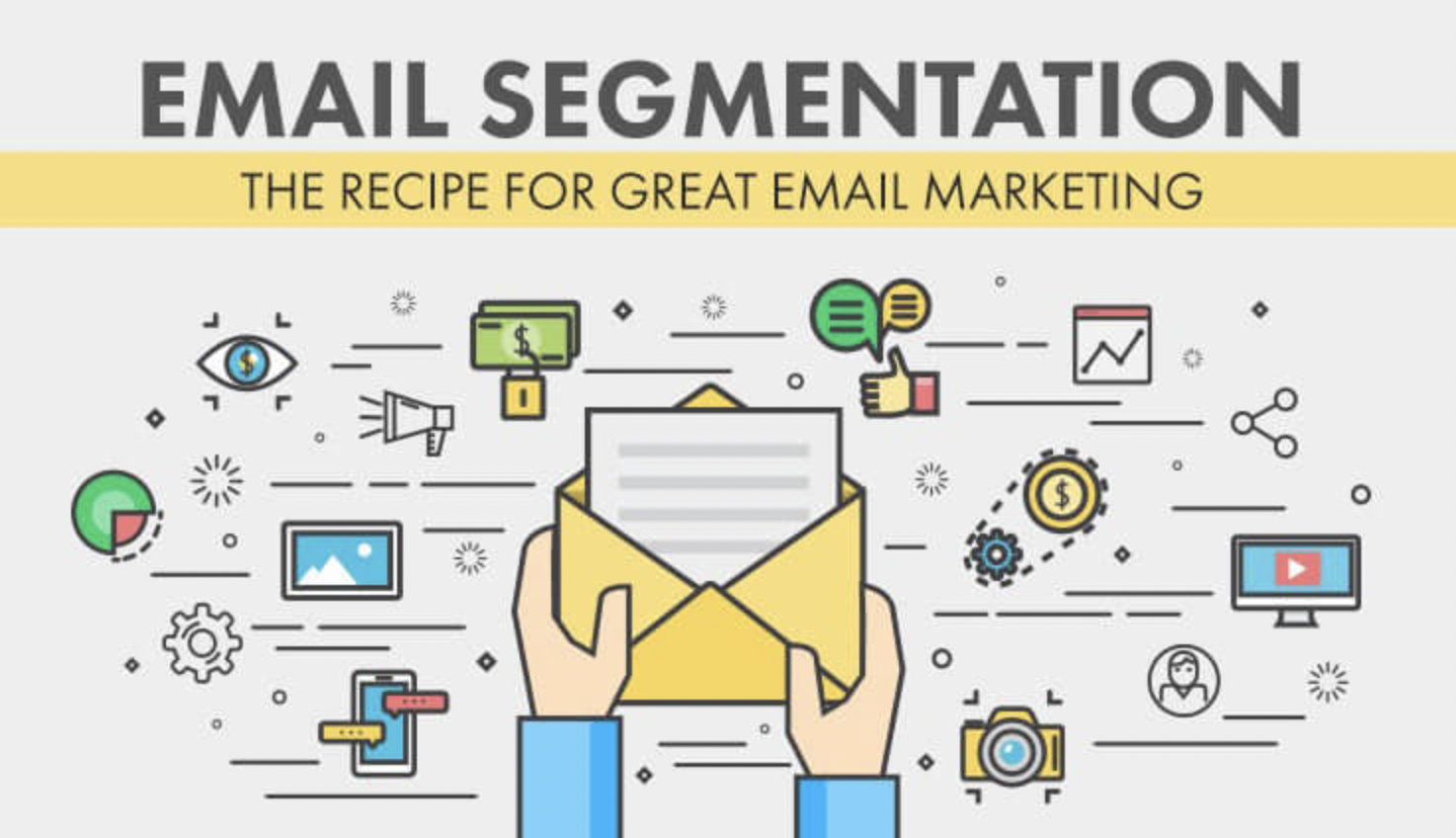Email segmentation is a robust marketing tactic that can boost your email open rates by around 203 percent. Marketers who utilize this strategy observe a close to 760 percent boost in revenue. All your target customers aren’t the same. Some can respond to your promotional messages, but most desire value. The more value you impart, the more responsive your subscribers become. That’s precisely when they open your emails and click links. You can impart value by knowing what parts of your customer base want. Through a good email segmentation tool, you can create and save filters from identifying your customers. It allows you to make changes to the saved segments, and they reflect wherever you utilize them at once.
Table of Contents
What does Email Segmentation mean?
Email segmentation refers to the procedure of splitting up the email list. It allows you to effectively target specific parts of your email list with personalized communication. The segmentation is the email subscribers division into smaller segments. These are according to set criteria.
Segmentation serves as a personalization strategy. It allows you to provide relevant email marketing to your subscribers according to their interest, location, and buying behavior. A marketer can effectively serve different email lists through segments instead of sending a standard message to every subscriber.
Segmentation is crucial for the marketing of both B2B and B2C businesses. Those businesses that still harbor the notion that all their subscribers should receive the same content fail in their email marketing goals. This one size fits all approach ultimately leads to the subscribers tossing off their emails into the trash bin.
How Is Email Segmentation Useful?
Ninety-three percent of marketers rely on email marketing to generate leads. Email segmentation can help your marketing team tremendously. Here are some valuable ways by which it assists marketers.
Send more relevant content.
Your audience can engage with your email communication only when it’s relevant. When you split your email list as per specific audience traits, it allows you to enhance relevance. If someone engaged with a specific vertical on your site, you could shift them into an email list segment, where you can target them with more content from that specific vertical. If they have viewed different items in a specific category, give them emails with similar items. Thus, you can send relevant content, which boosts audience engagement.
Send the correct amount of email.
Sending too many emails can scare many people. They can unsubscribe prematurely. Its opposite is also true. If you don’t email periodically, you can miss chances to interact with dedicated readers. Through segmentation, you can optimize the email sending frequency and also find which readers are more engaged. After that, you can isolate these users and engage with them more through emails without annoying other people on your list.
Push your audience to conversions
When you send emails that align with the interest of a specific subscriber base in the funnel, your chances of converting them increase. For instance, if you have been successful in converting an email subscriber, you wouldn’t desire to hit that person with a hard subscription sell yet. After all, you have only started engaging in this level. So, you can target your subscriber based on their engagement level with your content. Once they know what they can expect from you, they are more likely to pay.
By using an email segmentation tool, you can easily carry out multi-list segmentation by applying similar segmentation on more than a single contact list in a single go. It saves your time creating similar segmentation over numerous lists one by one. Thus, through segmentation, you gain time efficiency and can observe better results.

